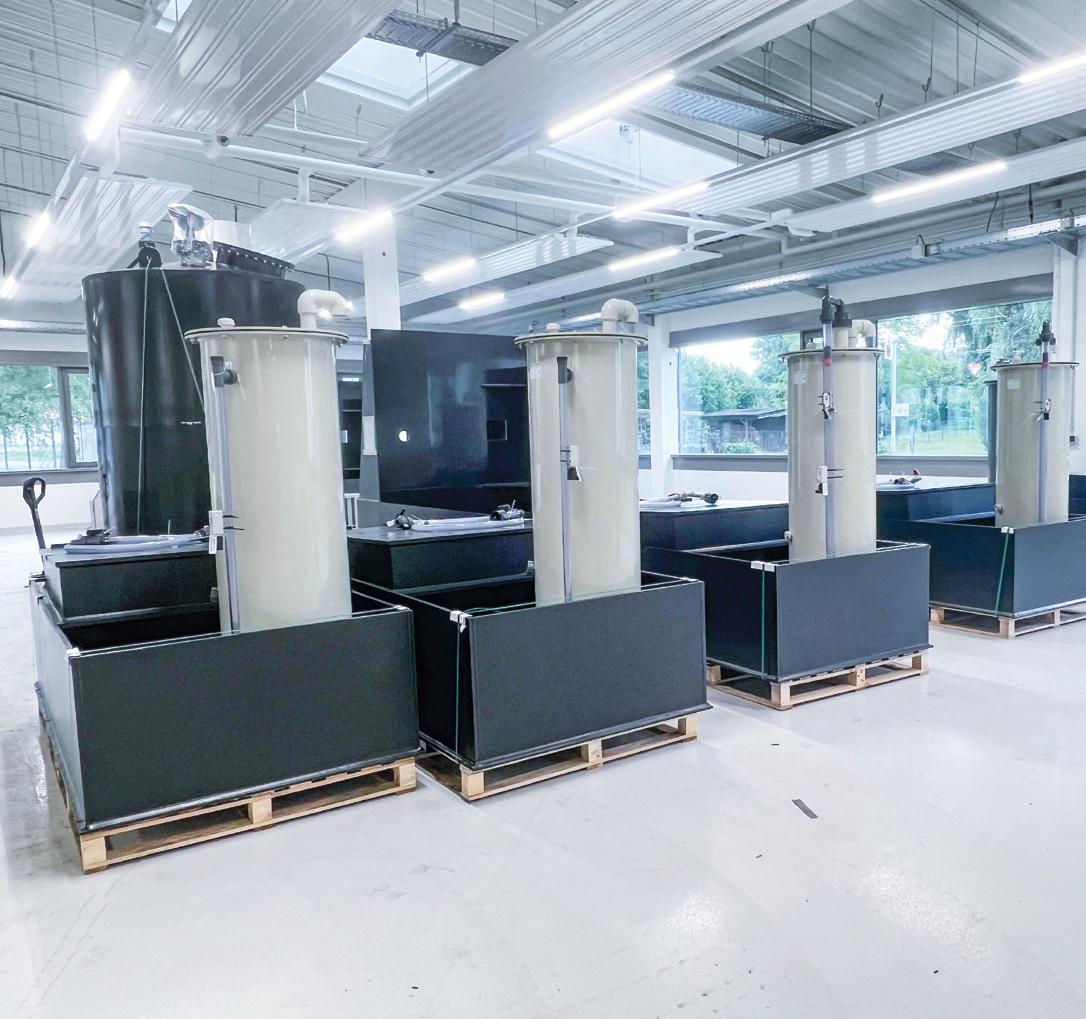sera DOSING TECHNOLOGY SUPPORTS THE DEVELOPMENT OF NEW FOODS
Our meat consumption as we currently live it not only devours vast amounts of water, but also the majority of agricultural land. Sustainable food is therefore not just a trend, but above all the basis of a future worth living and an important factor in the fight against climate change.
More and more companies are therefore looking at alternatives: whether chemically produced meat or protein-rich alternatives such as algae – research and testing is currently being carried out in all directions. A well-known sera customer is also currently testing a new alternative. To set up his „test factory“, he needed sera’s expertise in overcoming three challenges:

1 CONTINUOUS DOSING OF CONCENTRATES FOR CLEANING IN PLACE (CIP)
- – Sodium hydroxide 50%
- – Nitric acid 62
- – Oxonia Active (disinfectant, max. 30% hydrogen peroxide)
sera is a specialist in CIP, which is essential in the production of food. Thanks to „Cleaning in Place“, production facilities can be cleaned automatically. Hygienically clean and also very economical thanks to precise dosing of cleaning agents such as lye or acid. In this specific case, sera supplied dosing stations completely in stainless steel (Hy-Lok) with piping on the suction side incl. dirt trap, pulsation damper, non-return valve and overflow valve. The overflow valve is installed behind the check valve before the end ball valve to protect the continuing line and its own station.
The dosing stations for caustic and acid are equipped with airPUMPS AP05 compressed-air diaphragm pumps and the appropriate compressed-air supply, the dosing station for disinfectant is equipped with an RF409.2-250e diaphragm pump. The dosing station for disinfectants is additionally equipped with a pneumatic valve for start-up relief because of the medium’s tendency to outgas. All stations are equipped with an additional connection for possible flushing.
An IBC collection station is used for the continuous supply of chemicals. This consists of a storage surface for the IBC, as well as a receiving vessel and a collecting tray. The installation surface of the IBC is bevelled because the outlet of the IBC is higher than that of the receiving vessel. The IBC empties into the receiving vessel by gravity. Since the outlet of the receiving vessel is lower than the outlet of the IBC, there is always a defined residual volume in the receiving vessel after the IBC has been completely emptied. This allows the IBC to be replaced without disturbing the process.
For monitoring purposes, the receiver vessel has an optical fill level indicator and two float switches, so that a message is sent when the IBC is empty and when the receiver vessel is empty. These comprehensive dosing stations now enable hygienically pure cleaning in place of the equipment used to produce the new food.
For further information visit: https://seranews.sera-web.com/sera-dosing-technologysupports-the-development-of-new-foods/
News Categories
- » NEWS HOME
- » Automation & Robotics
- » Industry 4.0
- » Material Handling
- » Sensors
- » Quality & Testing
- » Machine Vision
- » Laser & Optics
- » Metalworking
- » Motion Control & Drives
- » Hydraulics & Pneumatics
- » Process Industry
- » Renewable Energy
- » Agriculture
- » Home & Office Furniture
- » Additive Manufacturing
- » Environmental Tech









